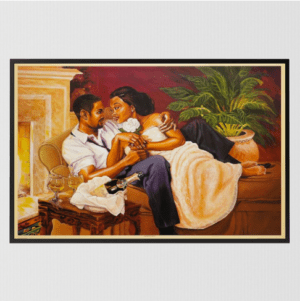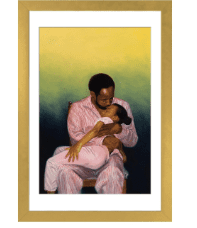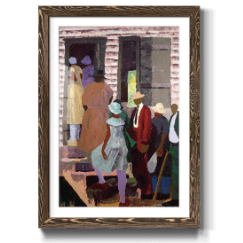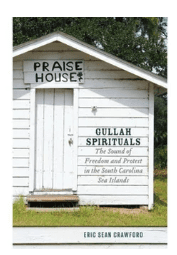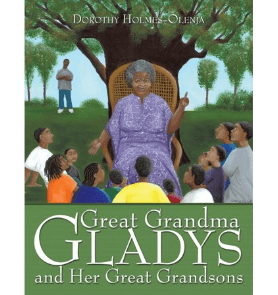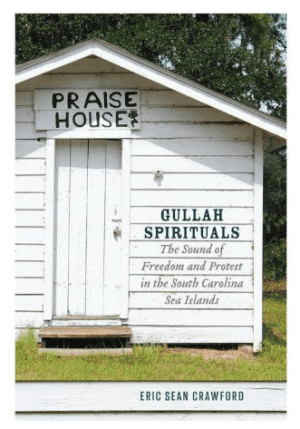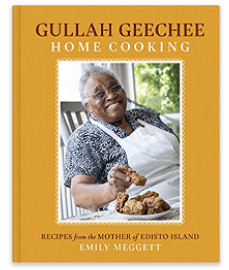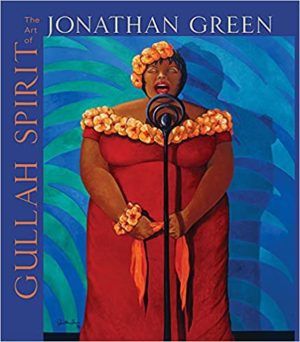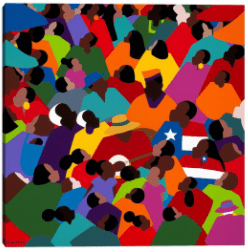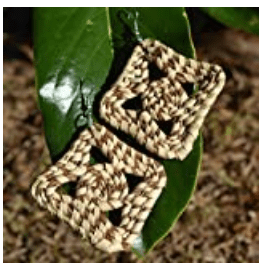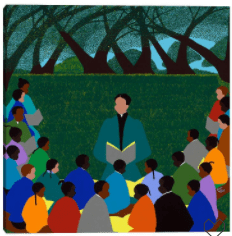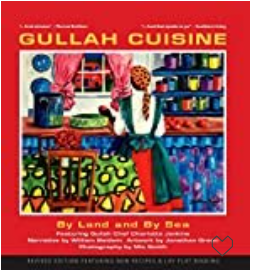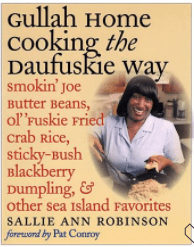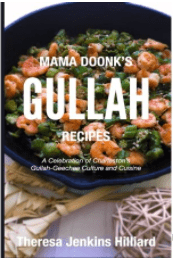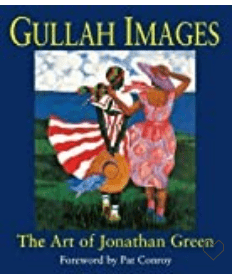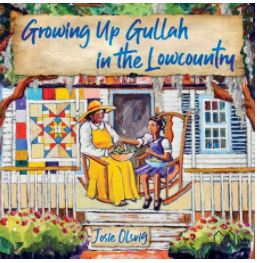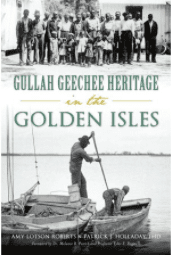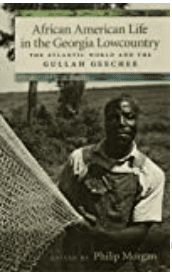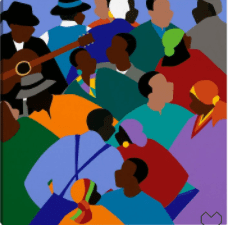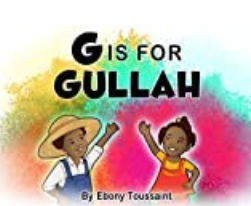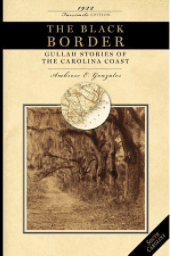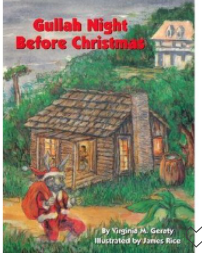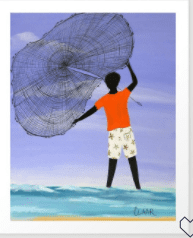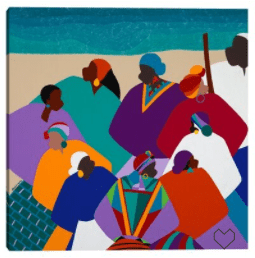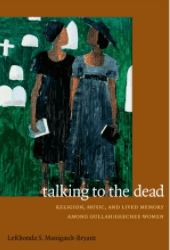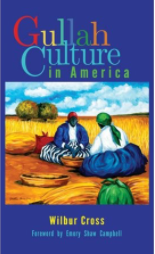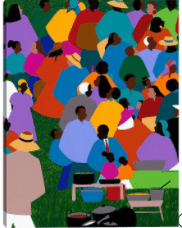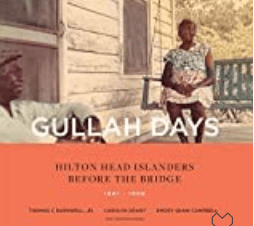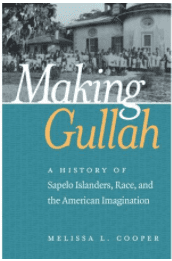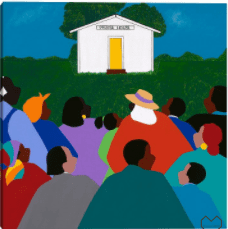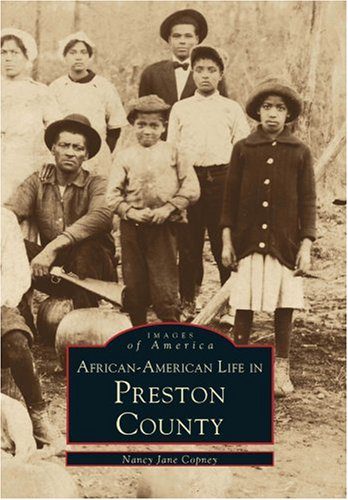
Although I am a Lowcountry coastal girl, I love nothing more than enjoying the views of the mountains of Appalachia during the fall and winter months. My father used to take us to the Blue Ridge Highway to enjoy the turning of the leaves in the region and it is a memory I always cherish. From Nina Simone to African American nurses, there is a rich history of black culture in Appalachia and we have curated a few Black in Appalachia Heritage books to add to your coffee table. These books are full of beautiful imagery, history and stories of black life in Appalachia. If you are from the region or have family roots there, be sure to share images of your favorite memories past and current traditions using the hashtag #blacksouthernbelle
Black in Appalachia Heritage Books to Add To Your Coffee Table
Link to Buy: https://amzn.to/2ZODeOD
Few career opportunities were available to minority women in Appalachia in the first half of the 20th century. Nursing offered them a respected, relatively well paid profession and–as few physicians or hospitals would treat people of color–their work was important in challenging health care inequities in the region. Working in both modern surgical suites and tumble-down cabins, these women created unprecedented networks of care, managed nursing schools and built professional nursing organizations while navigating discrimination in the workplace.
Focusing on the careers and contributions of dozens of African American and Eastern Band Cherokee registered nurses, this first comprehensive study of minority nurses in Appalachia documents the quality of health care for minorities in the region during the Jim Crow era. Racial segregation in health care and education and state and federal policies affecting health care for Native Americans are examined in depth
Liberia, South Carolina: An African American Appalachian Community

In 2007, while researching mountain culture in upstate South Carolina, anthropologist John M. Coggeshall stumbled upon the small community of Liberia in the Blue Ridge foothills. There he met Mable Owens Clarke and her family, the remaining members of a small African American community still living on land obtained immediately after the Civil War. This intimate history tells the story of five generations of the Owens family and their friends and neighbors, chronicling their struggles through slavery, Reconstruction, the Jim Crow era, and the desegregation of the state. Through hours of interviews with Mable and her relatives, as well as friends and neighbors, Coggeshall presents an ethnographic history that allows members of a largely ignored community to speak and record their own history for the first time. This story sheds new light on the African American experience in Appalachia, and in it Coggeshall documents the community’s 150-year history of resistance to white oppression, while offering a new way to understand the symbolic relationship between residents and the land they occupy, tying together family, memory, and narratives to explain this connection.
Link to buy: https://amzn.to/2ZAIWaM
Black Huntington: An Appalachian Story
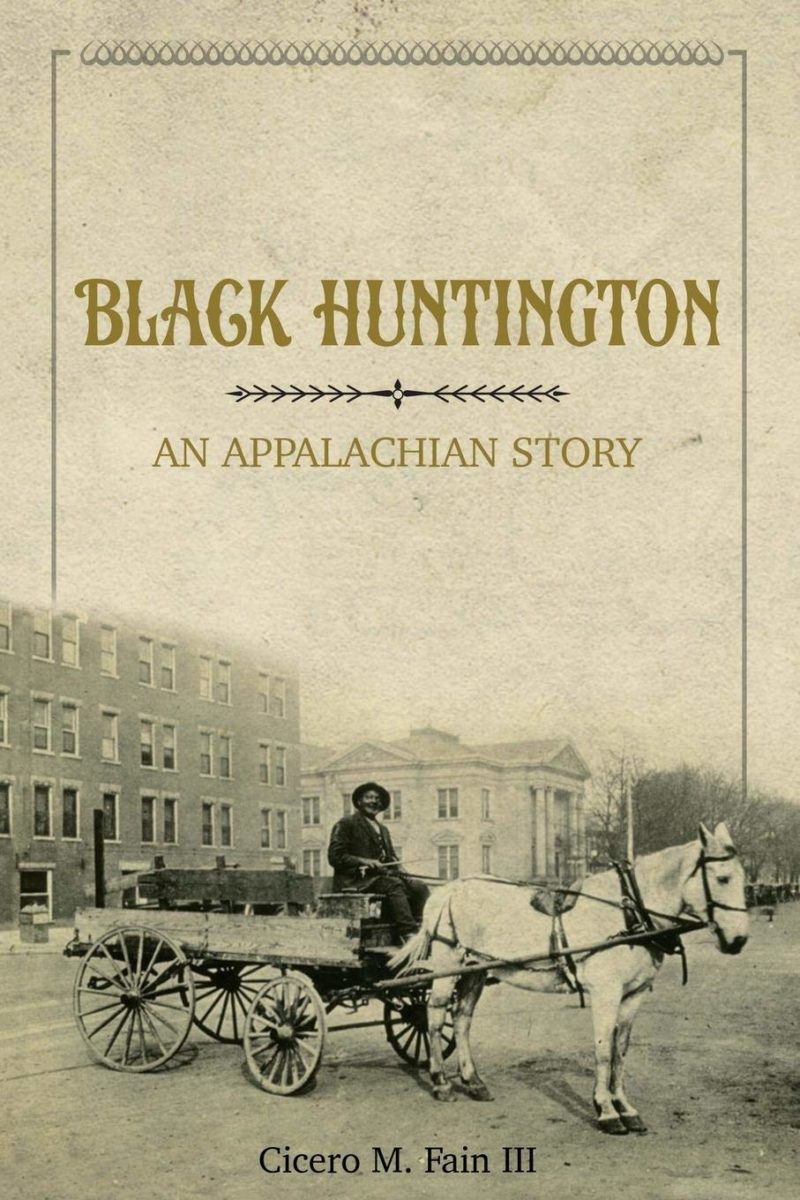
By 1930, Huntington had become West Virginia’s largest city. Its booming economy and relatively tolerant racial climate attracted African Americans from across Appalachia and the South. Prosperity gave these migrants political clout and spurred the formation of communities that defined black Huntington–factors that empowered blacks to confront institutionalized and industrial racism on the one hand and the white embrace of Jim Crow on the other. Cicero M. Fain III illuminates the unique cultural identity and dynamic sense of accomplishment and purpose that transformed African American life in Huntington. Using interviews and untapped archival materials, Fain details the rise and consolidation of the black working class as it pursued, then fulfilled, its aspirations. He also reveals how African Americans developed a host of strategies–strong kin and social networks, institutional development, property ownership, and legal challenges–to defend their gains in the face of the white status quo. Eye-opening and eloquent, Black Huntington makes visible another facet of the African American experience in Appalachia.
Link to buy: https://amzn.to/2MTXmNd
Affrilachian Tales: Folktales from the African-American Appalachian Tradition
Folktales from the African American Appalachian tradition. Told by Lyn Ford, one of America’s busiest touring storytellers. The power of Lyn’s storytelling comes straight out of her family heritage, which is the content of this, her first book. Here she tells how she learned stories from her father and grandfather—and she includes many of the stories they told her.
Link to Buy: https://amzn.to/2zQo3tO

African-American Life in Preston County (Images of America: West Virginia)
Preston County, an area nestled in the northern corner of West Virginia, is bounded on the north by
Pennsylvania and the Mason-Dixon line and on the east
by the state of Maryland. This scenic Appalachian region is primarily a farming community, though mining, timber, recreation, and tourism have also been vital contributors to the county’s economy. The small yet vibrant African-American community of Preston County, whose story is told here through family photographs, documents, and memories, is a vital part of the county’s heritage. For generations, these families have worked on the land and in the mines; they have raised their children and built their homes in Preston County. Vintage images from as early as the 1860s preserve the
African-American story of the mothers and fathers and
the mine workers and farmers who have played and
continue to play an important role in the history of this beautiful part of the world.
Link to Buy: https://amzn.to/2ZM4Tj5
